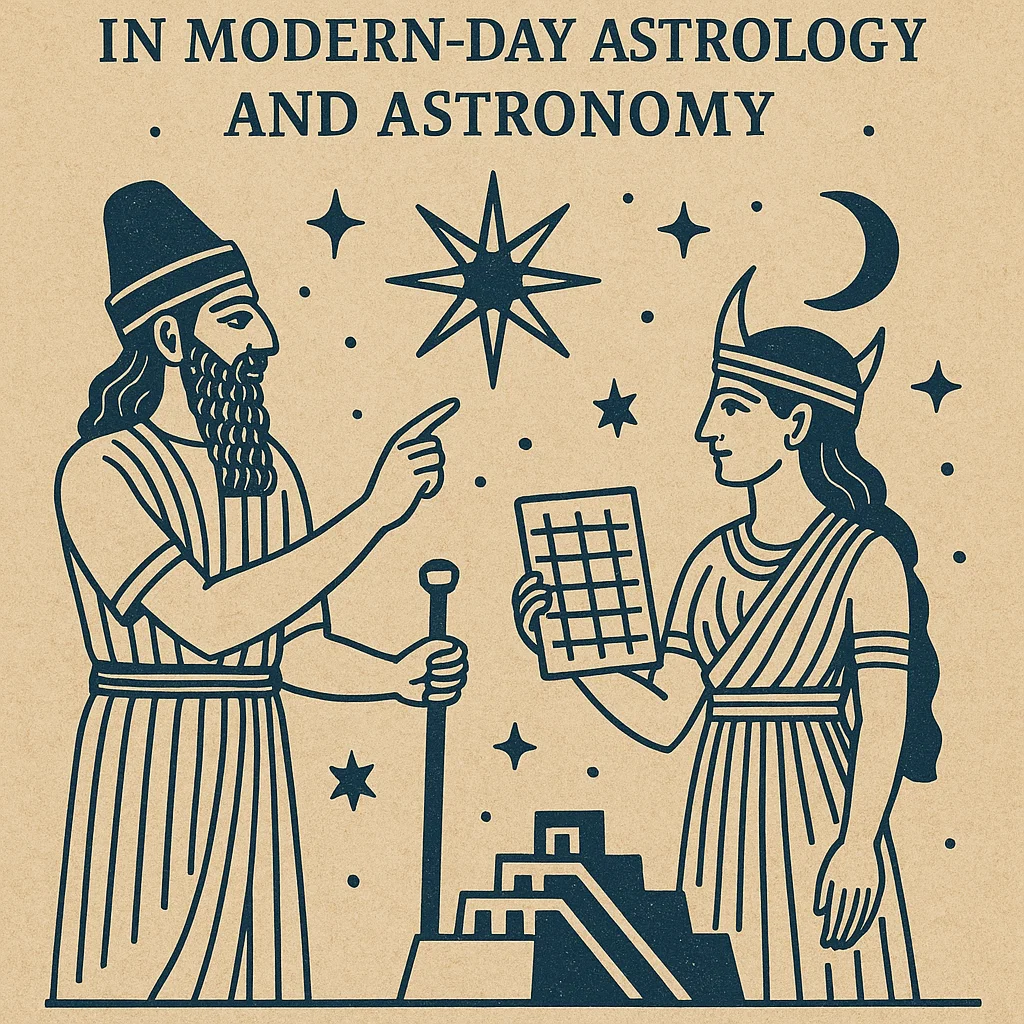Major Differences Between Jainism and Hinduism: Theoretical and Historical Perspectives
Introduction
Jainism and Hinduism are two ancient Indian religions that have shaped the cultural and spiritual landscape of the Indian subcontinent for thousands of years. While they share certain similarities, such as their origins in India and some common philosophical concepts, they also exhibit significant differences in their doctrines, practices, and historical development. This detailed analysis aims to explore the major differences between Jainism and Hinduism, focusing on their basic theories, religious practices, and historical contexts.
Historical Origins and Development
1. Jainism
Origins: Jainism, traditionally attributed to Lord Mahavira, is believed to have been established around the 6th century BCE. However, Jain tradition holds that its teachings originated much earlier with a succession of Tirthankaras, spiritual teachers who reached enlightenment and guided others towards liberation. The earliest known Tirthankaras include Rishabhanatha, who is considered the first Tirthankara.
Historical Context: Jainism emerged in a period of religious and philosophical ferment in ancient India. It was a response to the ritualistic practices and hierarchical social structures prevalent in the Vedic tradition, which later evolved into what we now know as Hinduism. Jainism emphasized individual spiritual development, non-violence (ahimsa), and asceticism, presenting an alternative to the dominant Brahmanical traditions.
2. Hinduism
Origins: Hinduism is a diverse and complex religion with no single founder. It evolved over millennia from the Vedic religion of the early Indo-Aryans. The Vedic texts, dating back to around 1500 BCE, form the basis of early Hindu beliefs and practices. Over time, these evolved into classical Hinduism, incorporating a wide range of philosophical, devotional, and ritualistic elements.
Historical Context: Hinduism developed in a context of interaction and synthesis between various indigenous traditions and incoming influences, including those from Jainism, Buddhism, and other regional beliefs. The evolution of Hinduism is marked by the development of major texts such as the Upanishads, the Bhagavad Gita, and the epics Mahabharata and Ramayana.
Core Philosophical and Theological Differences
1. Concept of the Divine
Jainism:
- Non-theistic Nature: Jainism is fundamentally non-theistic. It does not worship gods as creators or sustainers of the universe. Instead, it focuses on the individual’s path to liberation through self-discipline and non-violence.
- Tirthankaras: Jains revere Tirthankaras, who are enlightened beings that have achieved liberation and serve as spiritual guides. They are not considered gods but are revered for their wisdom and teachings.
Hinduism:
- Polytheistic and Monotheistic Aspects: Hinduism encompasses a broad range of beliefs, including polytheism, monotheism, and pantheism. It features a vast pantheon of gods and goddesses, each representing different aspects of the divine.
- Brahman: At the core of Hindu theology is the concept of Brahman, the ultimate reality or universal spirit. Brahman is formless, eternal, and transcendent, and is manifest in various deities and forms.
2. Concept of Karma and Reincarnation
Jainism:
- Karma: Jainism teaches that karma is a physical substance that binds to the soul, affecting its journey through cycles of rebirth. The goal is to eliminate all karma through strict ethical conduct and ascetic practices.
- Reincarnation: Jains believe in the cycle of birth, death, and rebirth (samsara) and strive to achieve liberation (moksha) from this cycle through spiritual purification.
Hinduism:
- Karma: In Hinduism, karma refers to the principle of cause and effect, where actions in one’s life determine future experiences. Unlike Jainism, Hinduism does not view karma as a physical substance but as a moral principle.
- Reincarnation: Hinduism also teaches the cycle of reincarnation and the pursuit of liberation (moksha). However, the paths to liberation can vary, including devotion (bhakti), knowledge (jnana), and righteous action (karma).
3. Path to Liberation
Jainism:
- Asceticism and Non-Violence: Jainism emphasizes extreme asceticism and non-violence (ahimsa) as the primary means to achieve liberation. Followers adhere to strict dietary rules, non-violence towards all living beings, and rigorous spiritual practices.
- Three Jewels: The path to liberation is outlined through the Three Jewels (Ratnatraya): Right Belief, Right Knowledge, and Right Conduct. These principles guide Jains in their spiritual journey.
Hinduism:
- Diverse Paths: Hinduism offers multiple paths to liberation, including devotion (bhakti), knowledge (jnana), and action (karma). This flexibility allows followers to choose a path that aligns with their personal inclinations and spiritual goals.
- Yoga: The practice of yoga is central to many Hindu traditions and is seen as a means to achieve spiritual growth and liberation. Different types of yoga, such as Bhakti Yoga (path of devotion) and Raja Yoga (path of meditation), cater to different aspects of human experience.
4. Rituals and Practices
Jainism:
- Ascetic Practices: Jain rituals are characterized by asceticism and minimalism. Monks and nuns adhere to rigorous practices, including fasting, meditation, and renunciation of worldly pleasures.
- Temple Worship: While Jains do engage in temple worship, their rituals are often less elaborate compared to Hindu temples. The focus is on personal spiritual practice and ethical living.
Hinduism:
- Ritual Diversity: Hinduism is known for its rich and diverse rituals, including elaborate temple ceremonies, festivals, and daily worship practices. Rituals vary widely across different regions and sects.
- Sacred Texts: Hindu rituals are often guided by sacred texts such as the Vedas, Upanishads, and Puranas. These texts provide detailed instructions for worship, ceremonies, and ethical conduct.
5. Social Structure and Community Life
Jainism:
- Community and Equality: Jainism promotes equality and social harmony. The religion emphasizes non-violence and compassion, extending to interactions within the community and with the wider society.
- Monastic Community: The Jain monastic community plays a central role in preserving and transmitting Jain teachings. Monks and nuns lead a life of strict adherence to Jain principles and serve as spiritual guides for lay followers.
Hinduism:
- Caste System: Traditional Hindu society has been structured around the caste system, a hierarchical social structure that divides people into different classes based on occupation and birth. While the caste system has faced significant criticism and reform, its historical influence remains.
- Varied Practices: Hinduism encompasses a wide range of practices and social norms, influenced by regional, sectarian, and historical factors. This diversity reflects the adaptability and complexity of Hindu social life.

Comparative Analysis
1. Theological Framework
- Jainism’s Non-Theism vs. Hinduism’s Theism: Jainism’s non-theistic framework contrasts with Hinduism’s polytheistic and monotheistic aspects. While Jainism focuses on individual effort and ethical conduct, Hinduism encompasses a broader range of divine concepts and practices.
2. Ethical and Ascetic Practices
- Asceticism in Jainism vs. Diverse Paths in Hinduism: Jainism’s emphasis on asceticism and non-violence is more stringent compared to Hinduism’s diverse approaches to spiritual growth, which include devotion, knowledge, and action.
3. Ritual and Social Structure
- Minimalist Rituals in Jainism vs. Elaborate Hindu Rituals: Jain rituals are characterized by minimalism and personal discipline, while Hindu rituals are more elaborate and diverse. The social structure in Jainism is more egalitarian compared to the traditional caste system in Hinduism.
4. Modern Adaptations
- Contemporary Relevance: Both Jainism and Hinduism have evolved and adapted to modern contexts. Jainism’s focus on non-violence and ethical living resonates with contemporary concerns about environmentalism and animal rights. Hinduism’s adaptability allows it to address diverse contemporary issues through various sects and practices.
Conclusion
Jainism and Hinduism, while sharing some common cultural and philosophical elements, present distinct differences in their doctrines, practices, and historical contexts. Jainism’s non-theistic and ascetic approach contrasts with Hinduism’s polytheistic and diverse paths to liberation. The historical development, ethical frameworks, and social structures of these religions offer a rich tapestry of understanding, highlighting both their unique contributions and their interactions over time. This comparative analysis provides a comprehensive perspective on how Jainism and Hinduism address fundamental aspects of human existence and spirituality.










